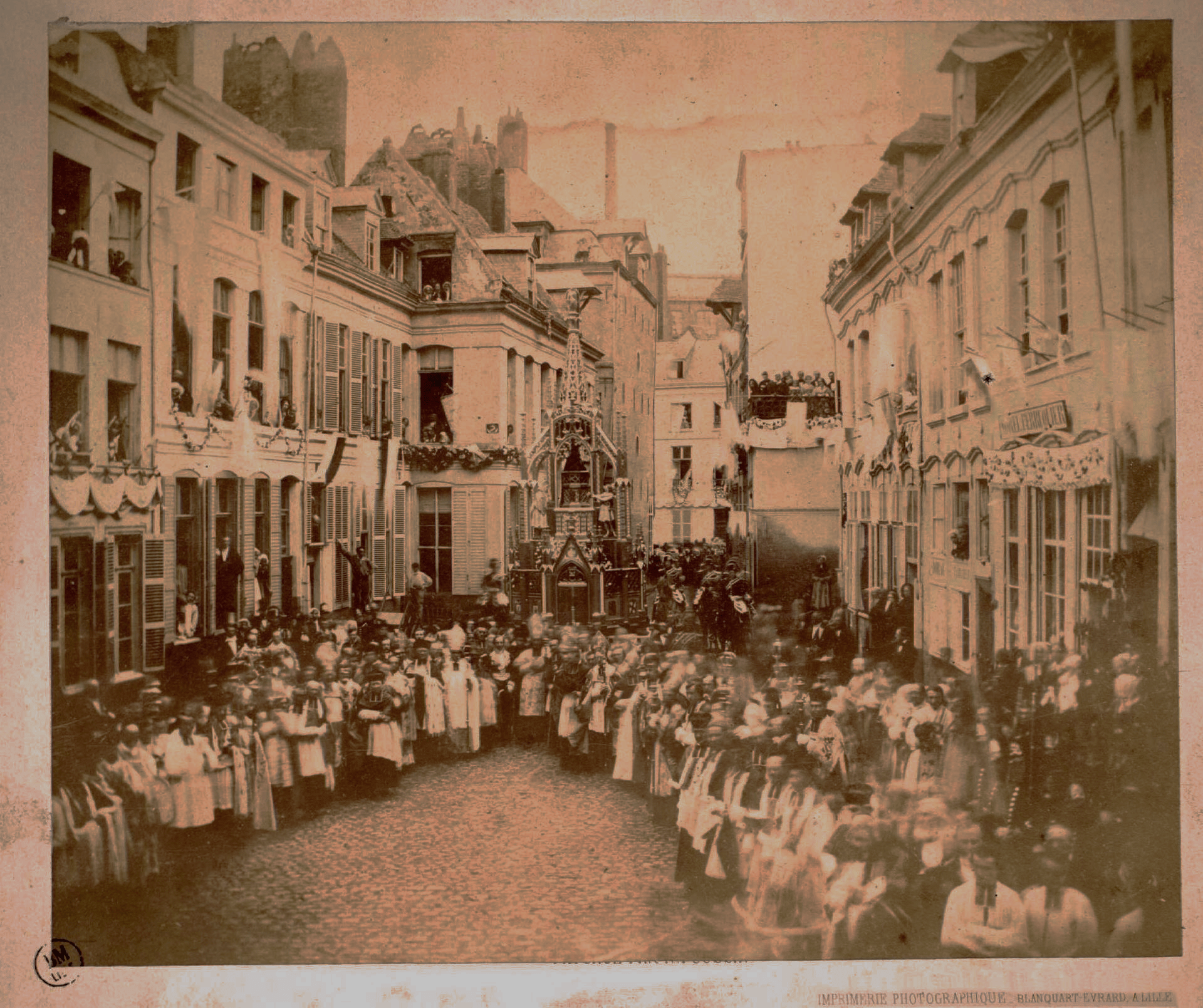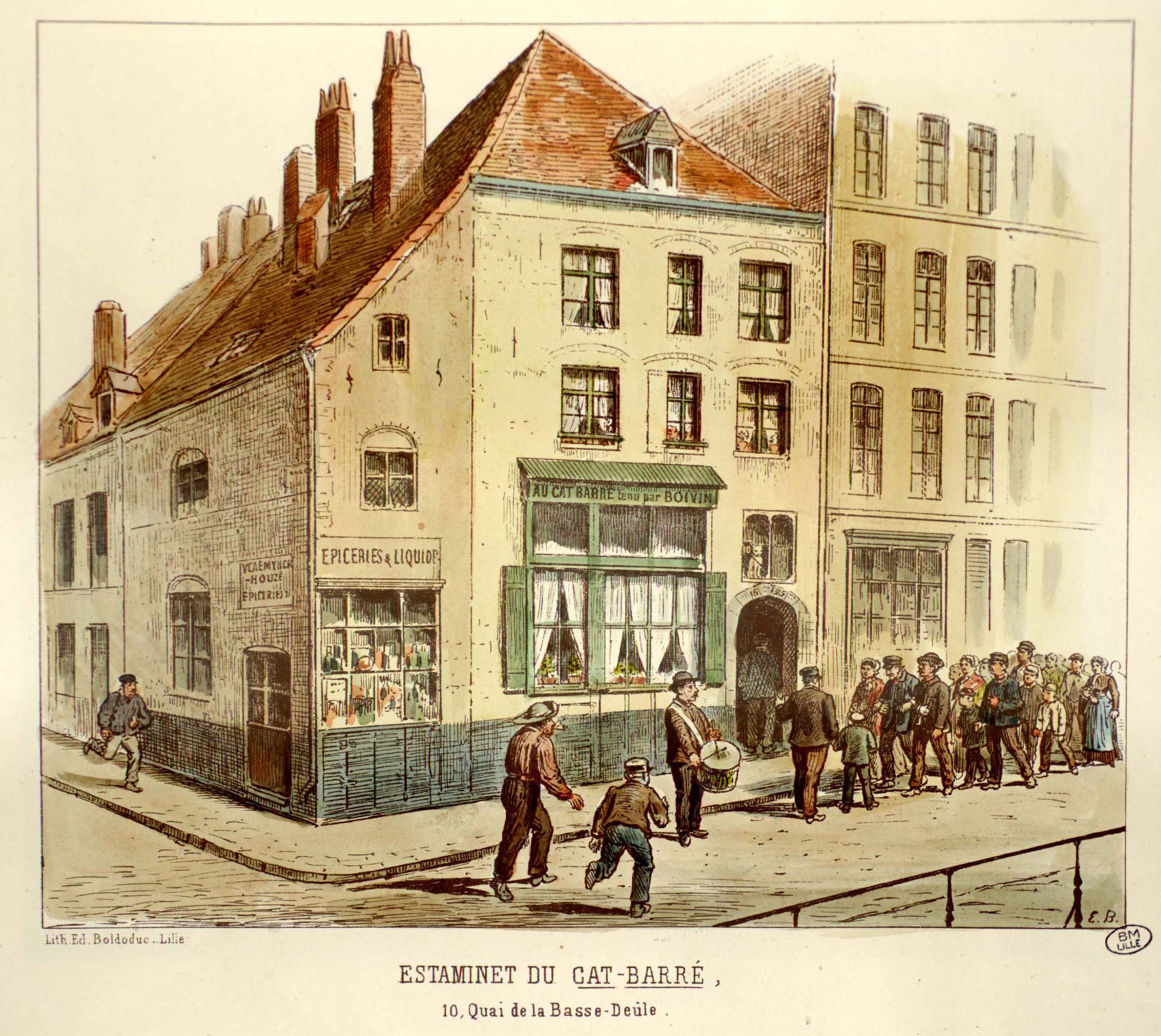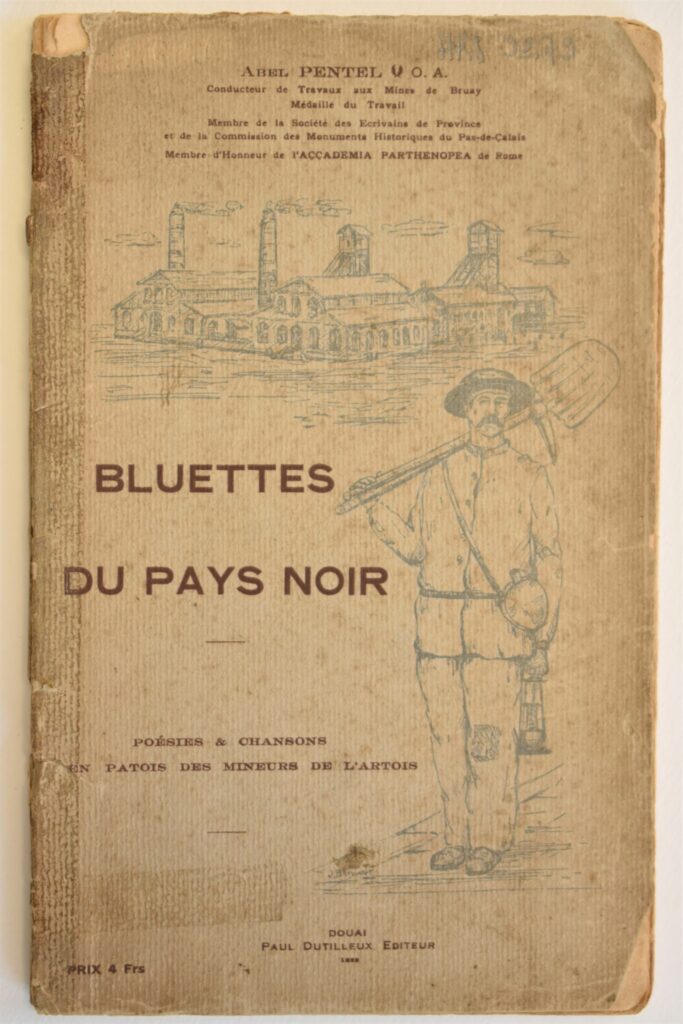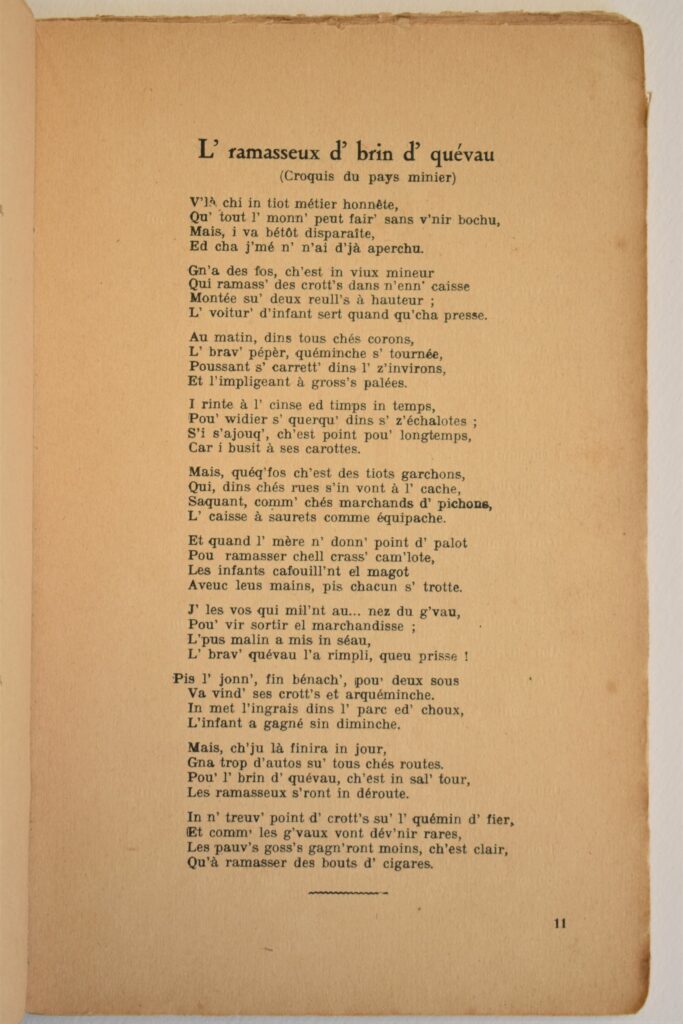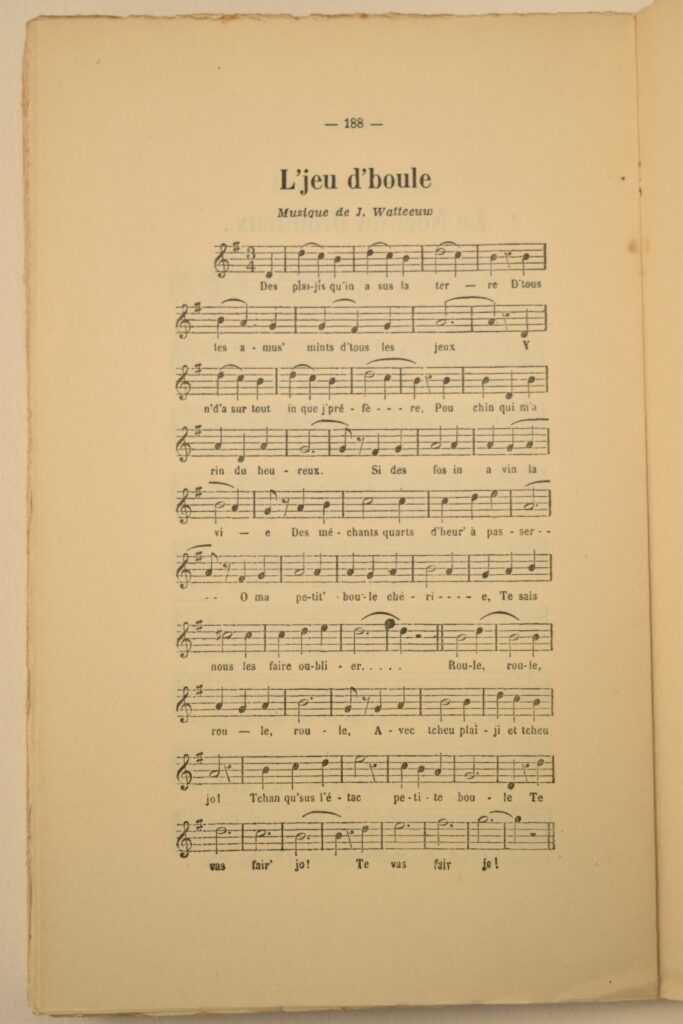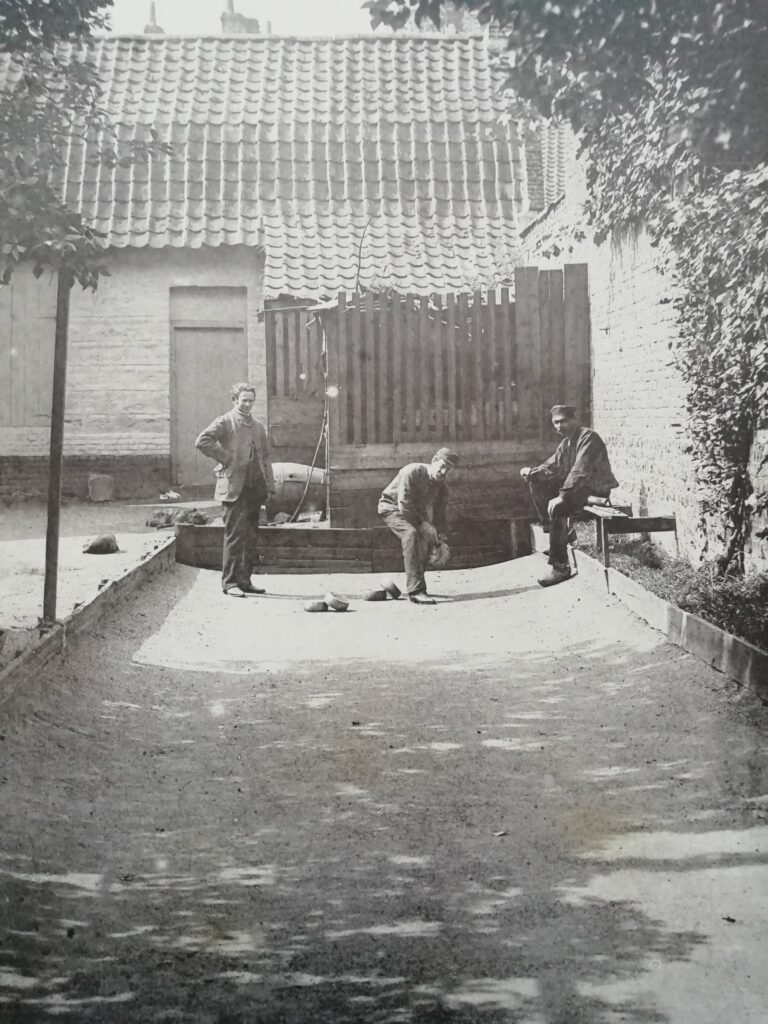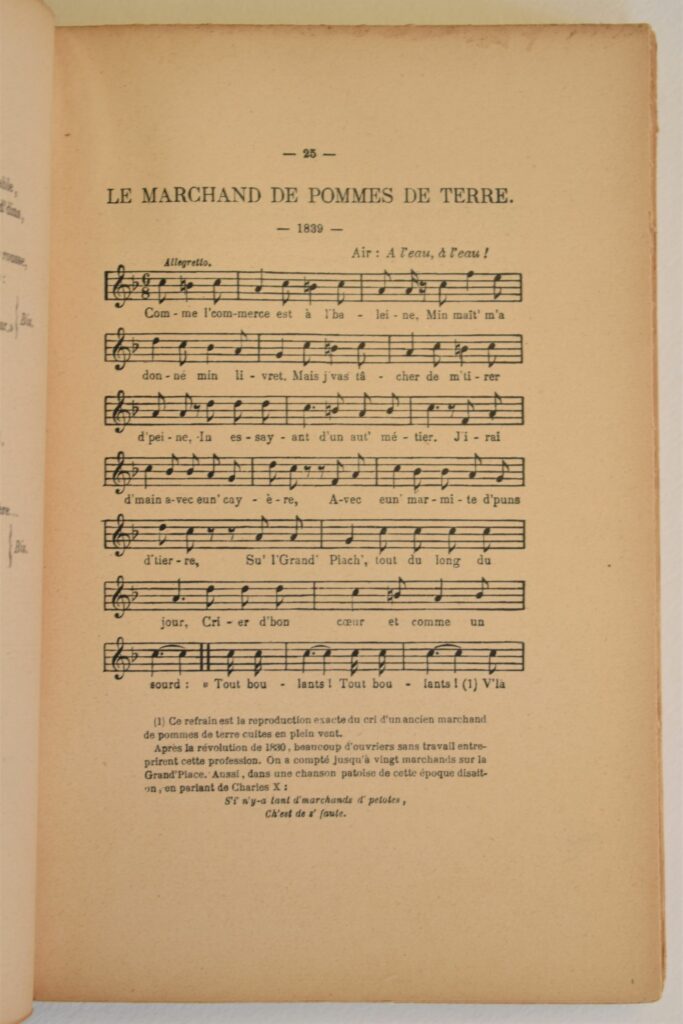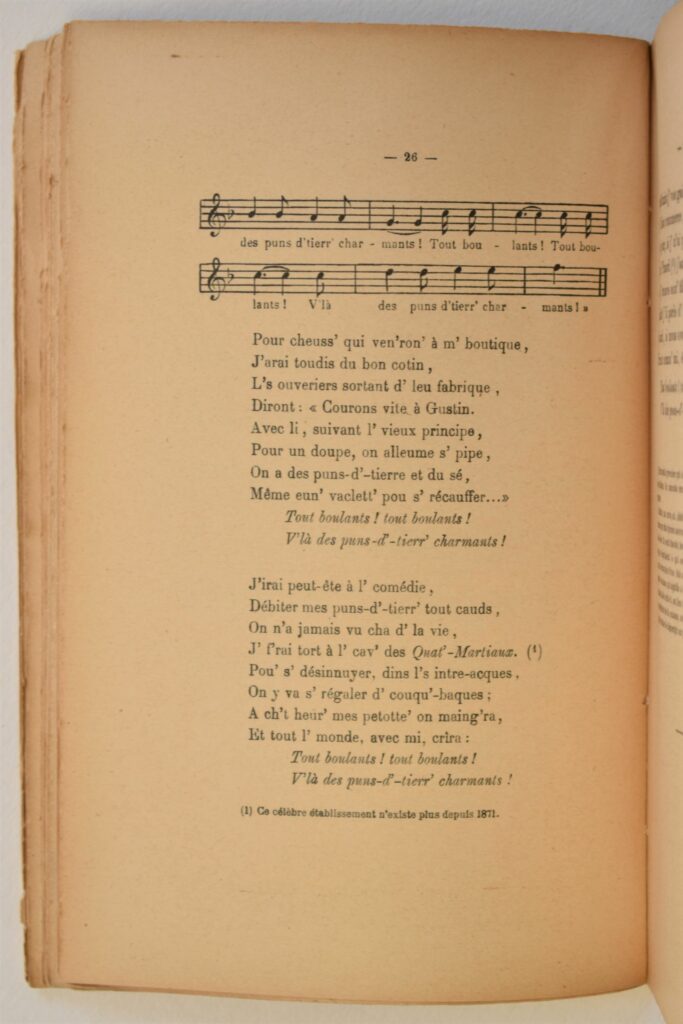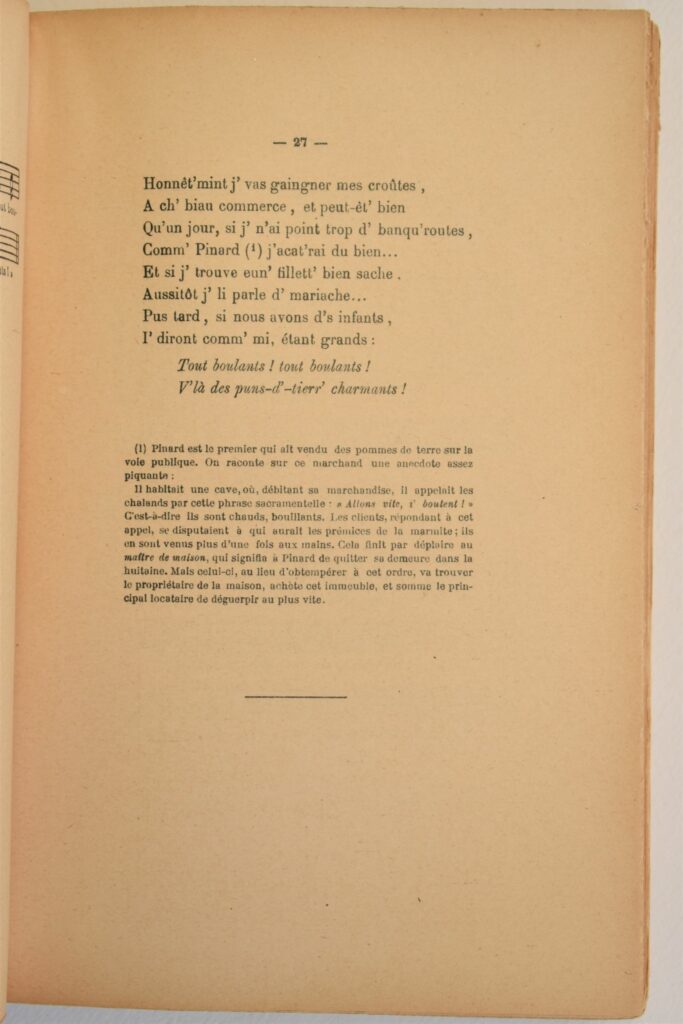In the 1850’s, as the textile industry became more prominent in the cities of the North, the urban population increased. The workers gathered into “Societies” to face the hard working conditions, the cabarets would become their meeting place.
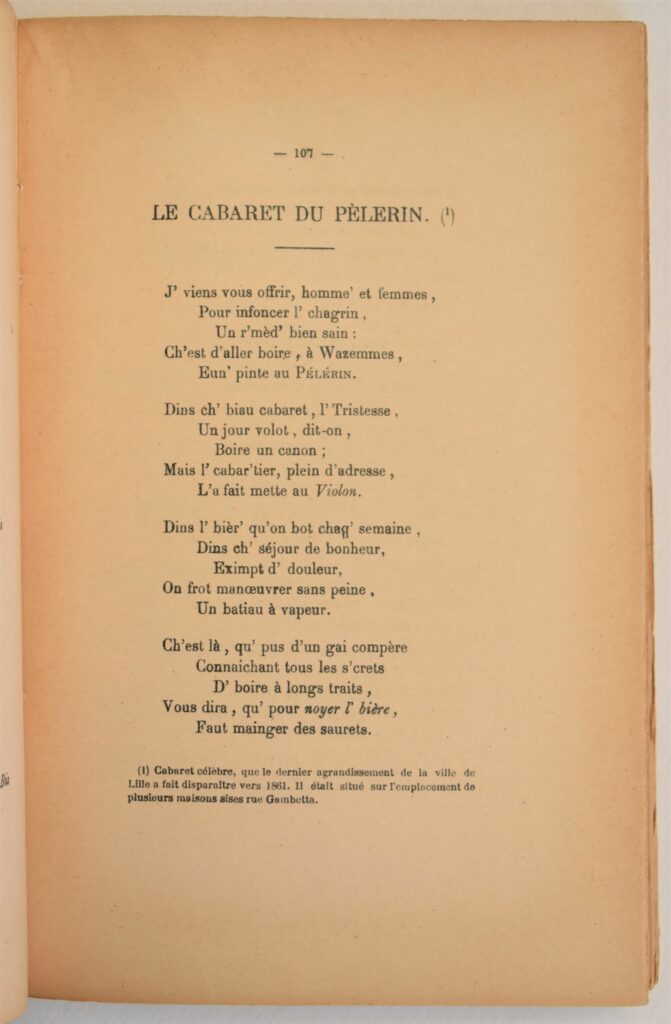
The mining industry also developed at that time. The same fears and the same misery lurked around the pits and the miners’ cottages. Therefore, the miners and their families would gather in the cabarets to forget about the hardships of the day.
Here, the workers can talk about politics and their rights, but they can also play to forget about their daily life. Games, drinks and songs are the centerpiece of these meetings. Singing together allows the miners to feel united.
“Singing societies” were created around a group of people, sometimes the songs come from discussions or shared experiences. However, the society usually comes from an individual discovering his singing skills, that the rest of the group cheers on.
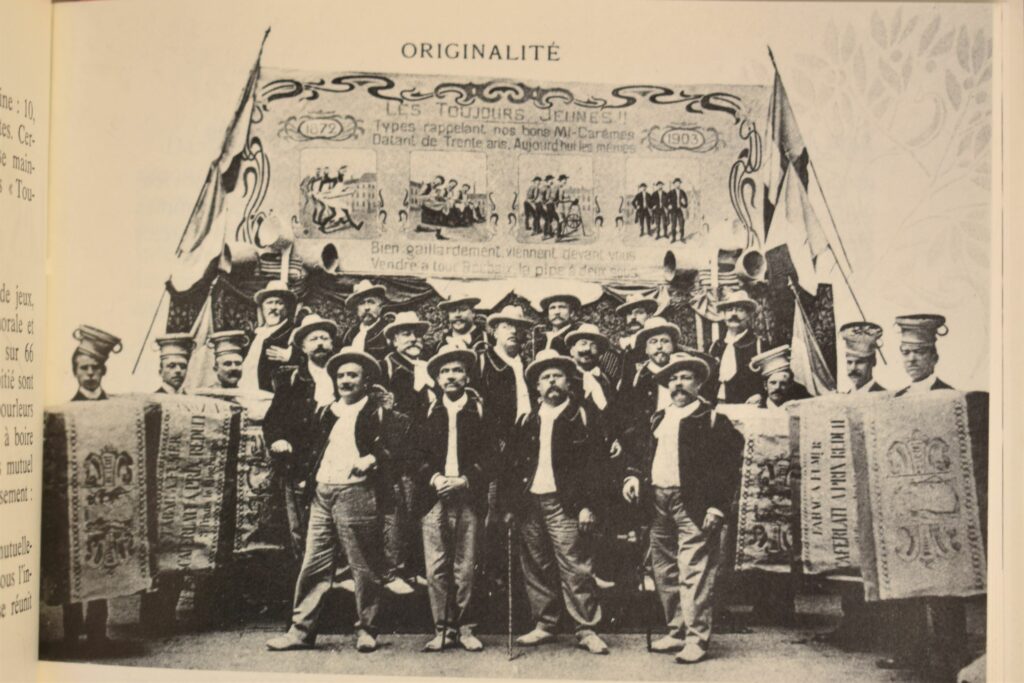
In most cases, the singers are not professional musicians, they just make up rhymes in patois and adapt them to fit the tune of popular songs such as Carnival songs or patriotic hymns. The workers are labourers, spinners or shoemakers. Most of them are illiterate.
Fleurquin D., Song sheet “Le chien empoisonné”, Lille, imp. Six-Horemans ©Gallica
Lacasse J., Song sheet Carrette à quien, Lille, imp. Six-Horemans, [missing date] ©Gallica
